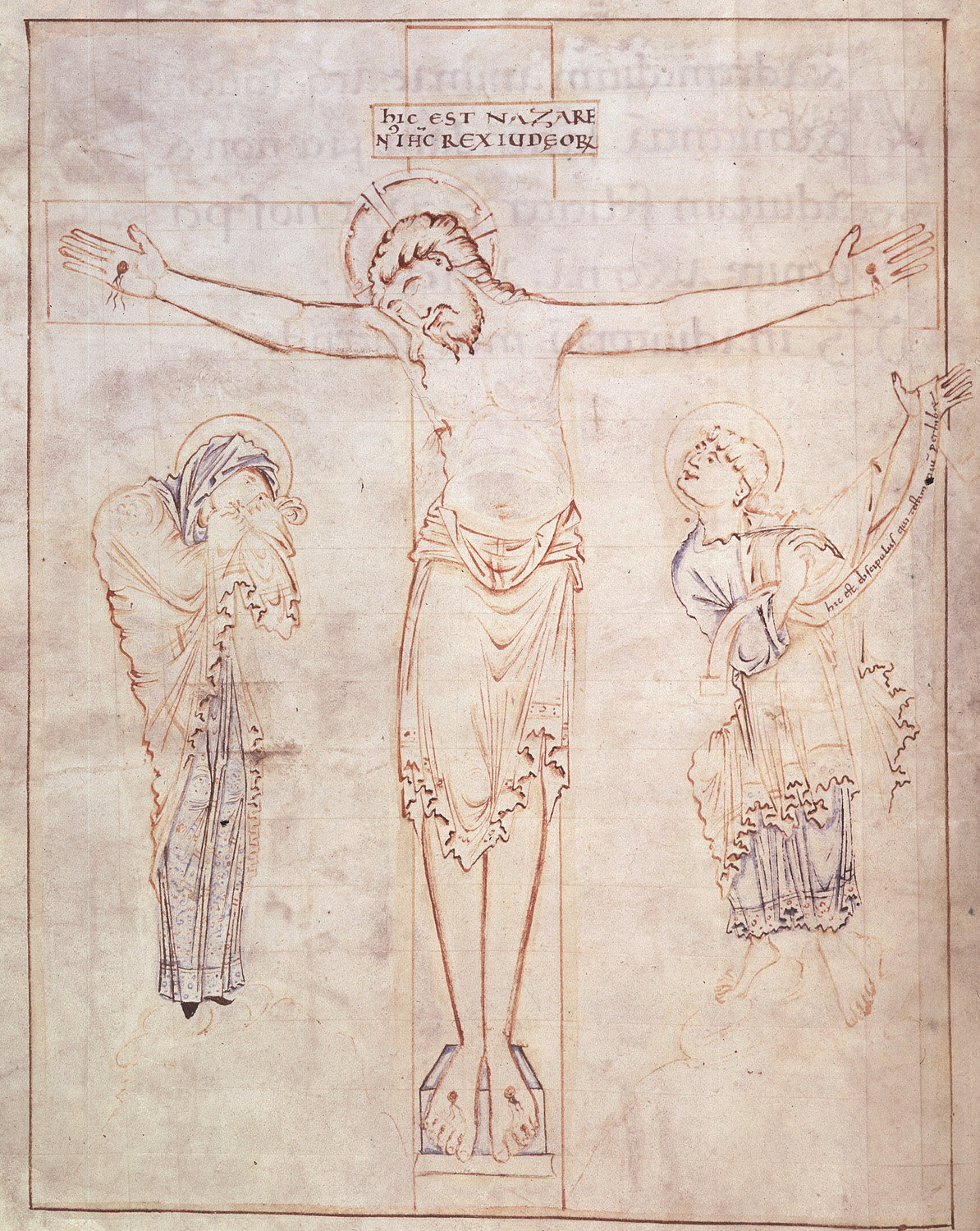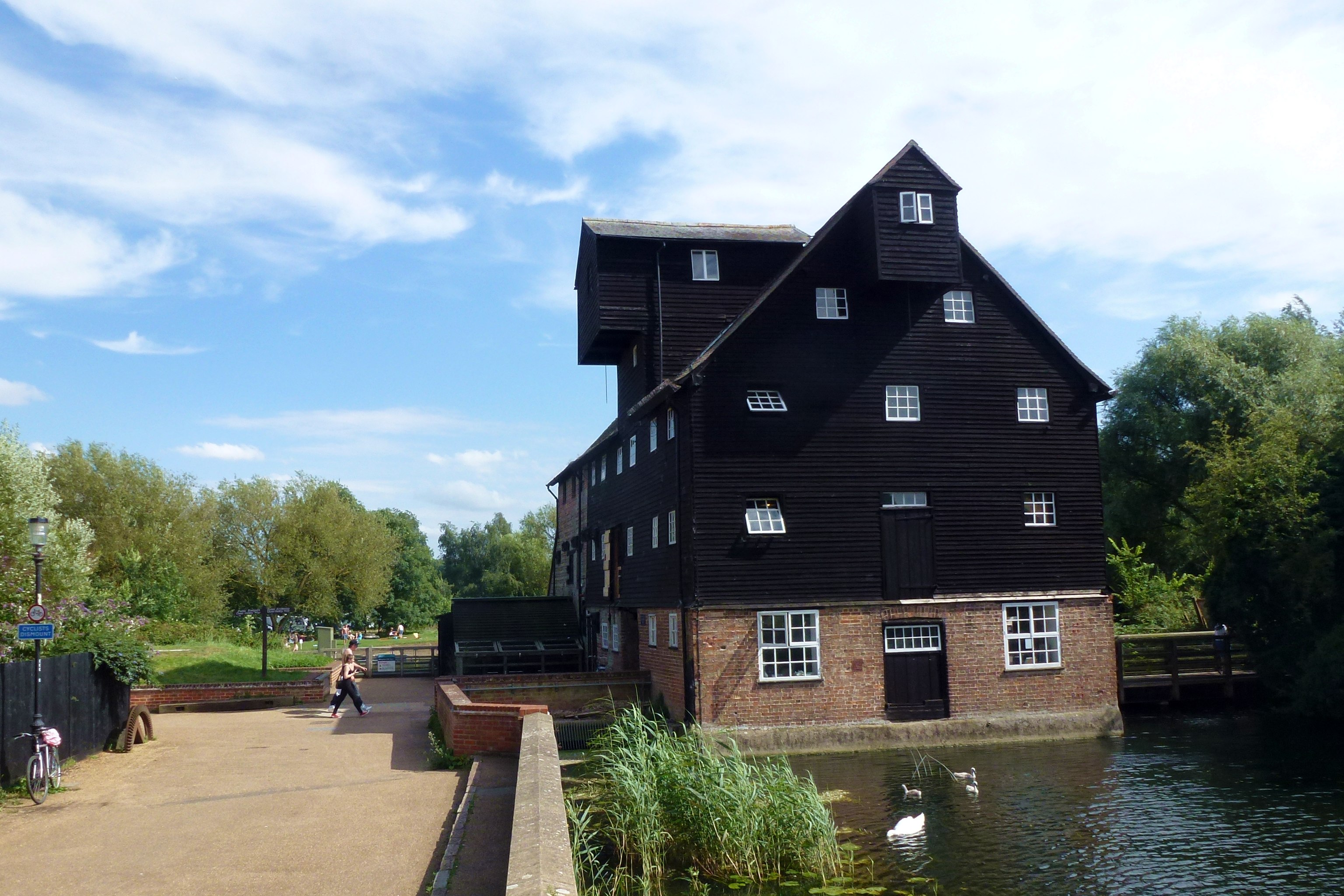|
Chronicon Abbatiae Rameseiensis
Ramsey Abbey was a Benedictine abbey in Ramsey, Huntingdonshire (now part of Cambridgeshire), England. It was founded about AD 969 and dissolved in 1539. The site of the abbey in Ramsey is now a Scheduled Ancient Monument. Most of the abbey's buildings were demolished after the dissolution but surviving structures are Grade I and Grade II* listed buildings. Ramsey Abbey Gatehouse is in the care of the National Trust and the Church of St Thomas à Becket, Ramsey was one of the buildings of the abbey. The Abbey Ramsey Abbey was founded in 969 by Oswald, Bishop of Worcester on land donated by Æthelwine, Ealdorman of East Anglia (Earl Ailwyn), where he had already built a wooden chapel for three monks. The foundation was part of the mid-10th century English Benedictine reform, in which Ely and Peterborough were also refounded. Æthelwine gave the new foundation properties including an estate at nearby Bodsey and Houghton Mill. The Frankish scholar Abbo of Fleury came to Ra ... [...More Info...] [...Related Items...] OR: [Wikipedia] [Google] [Baidu] |
Ramsey Abbey Gatehouse
Ramsey Abbey Gatehouse was the gatehouse to the Benedictine Ramsey Abbey in Ramsey, Huntingdonshire (now part of Cambridgeshire), England. The gatehouse is Perpendicular Gothic and was built late in the 15th century. In 1537 the abbey was dissolved and the Crown granted its buildings and site to Richard Williams (alias Cromwell), who used most of the buildings as a surface quarry for the Barnack stone. He had part of the gatehouse (believed to be the outer gatehouse) dismantled, moved to Hinchingbrooke House and rebuilt as its gatehouse there. The remainder of the gatehouse survives as a ruin at Ramsey. In 1951 the Ministry of Works made the gatehouse a Grade I listed building. In 1952 Ailwyn Fellowes, 3rd Baron de Ramsey gave the gatehouse to the National Trust The National Trust, formally the National Trust for Places of Historic Interest or Natural Beauty, is a charity and membership organisation for heritage conservation in England, Wales and Northern Ireland. In ... [...More Info...] [...Related Items...] OR: [Wikipedia] [Google] [Baidu] |
Houghton Mill
Houghton Mill is a water mill located on the Great Ouse in the village of Houghton, Cambridgeshire, England. It is a National Trust property and a Grade II* listed building. History Mills have been recorded here since 974. The mill was owned by the nearby Ramsey Abbey from its foundation. The abbey's tenants were under an obligation to have their wheat ground in the mill and part of the flour was withheld as payment by the miller. When in 1500 the Abbot diverted the river water in order to supply the mill with sufficient power, the neighbouring village was flooded. The villagers rose up in protest, and fifteen years later they were granted permission to change the course of the water in case of an emergency. At the Dissolution of the Monasteries, ownership of the mill reverted to the Crown. The present mill replaces one burnt down in the 17th century. The best-known miller was the nonconformist Potto Brown (1797–1871), a wealthy man who was so pious that he carried ... [...More Info...] [...Related Items...] OR: [Wikipedia] [Google] [Baidu] |
Germanus Of Winchester
Germanus (sometimes Germanus of Winchester, died circa 1013) was a medieval English abbot and Benedictine monk. He travelled to Rome in about 957 and became a monk at Fleury Abbey in France. Back in England by 964 he served as a monastic official before being named abbot of Winchcombe Abbey in about 970, a position he was removed from in 975. Germanus may have become abbot of Cholsey Abbey in 992. Early career Although Germanus's name is not Anglo-Saxon, Byrhtferth, a contemporary who wrote the '' Vita Oswaldi'', which contains much information on Germanus, states that he was a native of Winchester. Germanus accompanied Oscytel, the Archbishop of York, and Oswald of Worcester, on their trip to Rome in about 957, purportedly to collect Oscytel's pallium, the symbol of an archbishop's authority. This journey, however, has been challenged by the historian Donald A. Bullough, who argues that no previous archbishops of York had collected their palliums in person. He also points o ... [...More Info...] [...Related Items...] OR: [Wikipedia] [Google] [Baidu] |
The Fens
The Fens, also known as the , in eastern England are a naturally marshy region supporting a rich ecology and numerous species. Most of the fens were drained centuries ago, resulting in a flat, dry, low-lying agricultural region supported by a system of drainage channels and man-made rivers ( dykes and drains) and automated pumping stations. There have been unintended consequences to this reclamation, as the land level has continued to sink and the dykes have been built higher to protect it from flooding. Fen is the local term for an individual area of marshland or former marshland. It also designates the type of marsh typical of the area, which has neutral or alkaline water and relatively large quantities of dissolved minerals, but few other plant nutrients. The Fens are a National Character Area, based on their landscape, biodiversity, geodiversity and economic activity. The Fens lie inland of the Wash, and are an area of nearly in Lincolnshire, Cambridgeshire, and ... [...More Info...] [...Related Items...] OR: [Wikipedia] [Google] [Baidu] |


